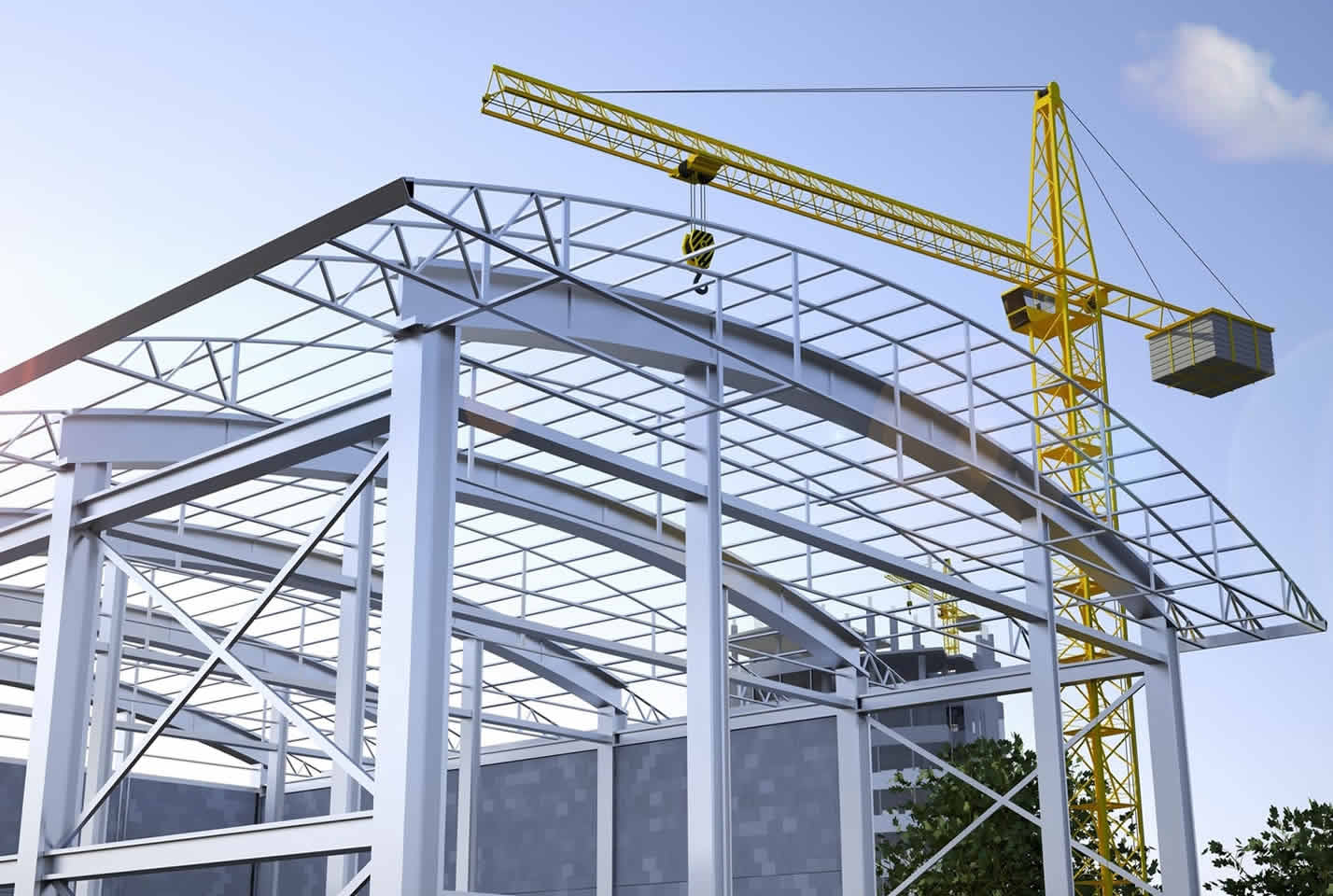A Phase 1 Environmental Site Assessment, commonly known as a ESA, is an important report used mostly by people who are interested in buying or selling property. The main goal of this assessment is to find out if there are any environmental problems with the land that might cause issues later on.
Understanding the Purpose
Before diving into what a Phase 1 ESA includes, it’s crucial to understand why it is necessary. When someone buys property, they want to make sure it’s safe and won’t cause any health or legal problems in the future. Environmental problems can be very costly, so a Phase 1 is a way to check for these risks before a transaction goes through. This is especially important for commercial properties where the stakes are higher.
Components
- Records Review
The first step in a Phase 1 ESA is to review historical records of the property and nearby areas. This includes looking at old maps, aerial photos, property deeds, and local government documents. These records help to understand the past uses of the property and whether those uses might have led to contamination.
- Site Reconnaissance
This part involves physically visiting the site to observe current conditions and uses. The environmental professional will look for signs of potential contamination such as rusting barrels, stains on the ground, or odd smells. They will also note the condition of neighboring properties as this might affect the subject property.
- Interviews
Interviews with owners, occupants, neighbors, and local government officials provide firsthand accounts of the property’s history and current conditions. These discussions can reveal important information not found in public records, such as previously unreported spills.
- Environmental Database Review
The assessor will check several environmental databases to see if the property or nearby areas have been listed due to previous environmental investigations, cleanups, or contaminations. These databases are maintained by government agencies like the Environmental Protection Agency (EPA).
- Report Writing
The final step is to compile all the findings into a detailed report. This report will state whether any environmental issues were found and if further investigation is needed. It’s important to note that a ESA phase does not include actual soil or water testing. If the initial assessment finds potential contamination, a Phase 2 ESA, which involves taking samples and laboratory testing, may be recommended.
Who Should Consider a Phase 1 ESA?
Anyone involved in a real estate transaction, particularly in commercial real estate, should consider a Phase 1 ESA. It is also useful for lenders and banks as part of the loan approval process. Property developers, public entities, and legal professionals are other common users of these assessments.
Why is a Phase 1 ESA Important?
Conducting a ESA Phase 1 can save a lot of trouble and money in the long run. It helps buyers avoid buying a property that could require expensive cleanup or be subject to legal actions due to contamination. It also provides peace of mind knowing the environmental status of the property.
Conclusion
A Phase 1 Environmental Site Assessment is a crucial step in the real estate transaction process. It helps identify potential environmental risks associated with a property before the transaction is finalized. By conducting this assessment, stakeholders can make informed decisions and reduce the risk of unforeseen liabilities. Thank visiting theguestbloggers.com




